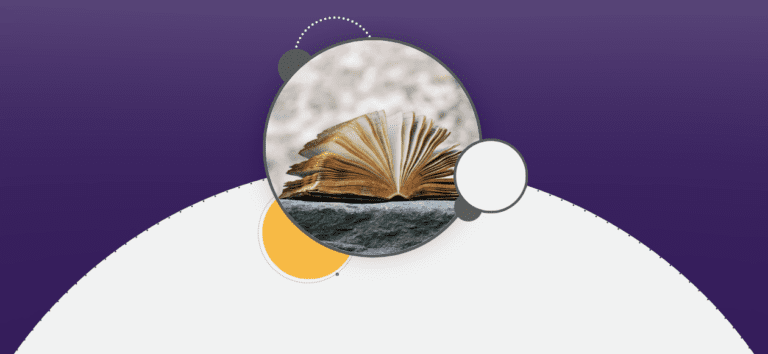We have a series Customer Case Studies, in which we take your stories and share your challenges and successes as a learning tool for other RunSignUp users. This Great Pumpkin Run Case Study explores the challenges of a Multi-City Race Series, Team Promoting a Race through Groups & Teams, and using Referral Codes.

The Great Pumpkin Run and RunSignUp: The Great Pumpkin Run uses RunSignUp to offer a consistent product and encourage community Participation.
About the Great Pumpkin Run:
The Great Pumpkin Run was started by Erik Young and Courtney Walker as a single, 120-person race int 2012. It has expanded over the last 3 years, and in 2014 was held in 9 cities, with sellouts (800+) or near sellouts in every location. The Race works with local farms, within a 45-minute drive of larger cities, to host a 5K & 10K rural race. In addition to The Great Pumpkin Run, Erik & Courtney also produce several other races through their company, Riff Raff Productions, and own a Timing company (Sour Fish Timing).
Moving to RunSignUp
For their first year, The Great Pumpkin Run was set up on Active, which was fine for their needs at the time. Moving into their second season, and expanding from 1 location to 6, a friend offered to develop a registration system to keep up with their growing company. Erik noted that he was “a little naive about how robust of a system we would need”, and mid-registration season, they ended up switching back to Active. The mid-season migration proved to be something of a nightmare.
Preparing for the 2014 Great Pumpkin Run season, Riff Raff Productions settled on RunSignUp for registration. Their first full season went smoothly; they found the system easy to use, and team responsive to questions and ideas.
“When we time races, we recommend RunSignUp. It’s just easy to use and cheap. We can never speak enough about it: the system is easy, but the one thing that is noticeable is the customer service.” – Erik Young
Repeatability with a Multi-City Race: Basic RunSignUp options
Operating a race in multiple cities, without a local team on the ground, creates unique challenges. To maintain consistency of experience, Riff Raff Productions travels to each potential city to vet local farms and determine the best fits for their event.
Similarly, the setup for each Great Pumpkin Run within RunSignUp is virtually identical, allowing for a uniform registration experience. The basics:
- There are 4 Registration periods, with a $5 increase for each new Registration period.
- Registration for each race is capped around 800 runners to prevent overcrowding on each farms that they work with.
Wave Starts

The Great Pumpkin Run uses various Events to divide their runners into waves:
- 5K Competitive (the most competitive runners)
- 5K Run (largest division)
- 5K Walk
- 10K Run
10K Walk - Hungry Pumpkin (limited to 25 Runners, these competitors eat pumpkin pie before taking off)
Add-On to an Event

Runners also have the option to participate as “Tough Pumpkins”. These runners carry a pumpkin (up to 10 lbs.) throughout the entire race, and at the conclusion are rewarded with a commemorative Tough Pumpkin Mason Jar (and their pumpkin).

Rather than making Tough Pumpkin a separate event, it is an Add-On option in registration, allowing runners (or walkers) of any event to participate as a Tough Pumpkin. Th e 2013 Cincinnati race had 92 of 845 runners choose to add on the Tough Pumpkin.
Promoting a Multi-Race Series
Promoting a race in multiple cities, without a local presence, creates a unique set of challenges. The Great Pumpkin Run lists their races in as many online calendars as they can. They also use Facebook as a significant tool: they manage a very responsive, interactive Facebook page; additionally, they use paid advertising in their prospective markets to reach local runners. They have found Facebook Advertising to be an incredible tool to reach new customers. 28.3% of their Page Traffic in 2014 originated from Facebook.
Using Teams to Increase Participation

The Great Pumpkin Run uses Social Teams to encourage their runner to promote the race to their friends and families. Runners who join a team can save $5 on registration; because the team is social and not competitive, runners (and walkers) on a team can participate in different events.
The discount is motivation for runners to share the event and get friends to participate with them. Additionally, the social aspect helps to build the buzz and excitement about the race, with many teams showing up with costumes or custom team shirts, etc. Erik commented on how cool it was to witness the local “Team Pride” that people came with.
In Cincinnati, 507 Runners (60% of all participants) were part of a team (123 total teams).
Promoting through Referral Codes
Although they plan to tweak their referral code program in the future, their first run of using Referral codes to encourage runners to sign up with friends had some notable successes. They offered prizes to runners who had 5+ people complete registrations through their referral code. While only 2 runners in Cincinnati earned a reward, there were 56 registrations tied to Referral Codes, and 923 views of the Race tied to Referral Codes. Erik believes that the views of the page led to more registrations later.
The tough aspect of using the codes for rewards is that those registrants who initially viewed the race through a referral, but did not register until later, did not count towards rewards. In the future, they want to better clarify to runners that referrals must use the referral link during registration in order to earn their friends rewards.

If you have a success story about your race, store or club, big or small, email us
…we’d love to explore a Case Study on your topic!

